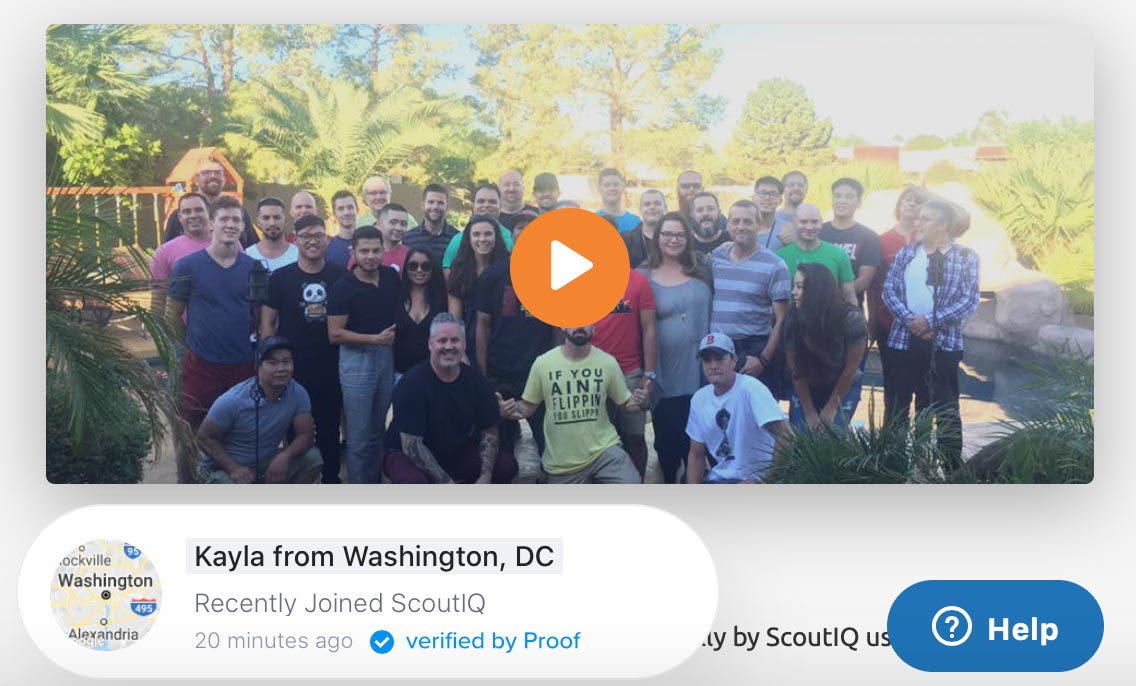One of the most important conversion tactics is social proof. Invented in 1984 by psychologist Robert Cialdini, social proof is the theory that most people follow the crowd when they don’t know what to do. That’s why savvy marketers target influencers, early adopters, or trusted experts – people who are likely to share positive results with their peers or audience.
According to Statista, around 81% of online shoppers say customer reviews impact tangible, non-food purchasing decisions. But testimonials and other user-generated content also impact decisions.
Today’s stores need to leverage as much evidence as possible to stay competitive.
Social proof tactics
Social proof helps traders meet several conversion goals. He can guide buyers to specific products, help them choose the color or size, and invite them to complete payment. It can also encourage them to share their purchase details with others and come back later to post ratings and reviews. Social proof can trigger FOMO – the fear of missing out – and increase pre-orders and waitlist registrations.
The value of social proof goes beyond immediate purchases. For example, instead of explaining the benefits of your email newsletter, just say “Join 50,000 beauty tips subscribers.”
Social proof can include referrals from celebrities, experts, and regular customers.
Certifications and badges. A company’s achievements and participatory efforts inspire confidence. Examples include rewards, memberships, and certification badges. Place the most prestigious in the footer of each page and the rest on a designated page. Also express your support for the causes.
Media coverage. Covered by local news? Tell everyone. The same goes for ezines and social media ads. Use logos in the site’s footer to link directly to articles or, alternatively, maintain a listing on a separate page.
“Spotted” showcases. If a prominent personality speaks or posts a photo using your products, grab some attention. It’s a high impact (free) endorsement.
A famous musician wearing a product you are selling deserves a mention. Source: Van Halen store.
Real-time notifications. Sometimes buyers need to know that they are not alone. Onsite notification apps can show current visitor count and recent activity, such as purchases and reviews. Most of these tools use a code snippet and allow you to customize the text and data to display.

Real-time notifications can entice others to join or buy now. Source: ScoutIQ.
Quantity sold; people are waiting. Just as a low stock alert can trigger FOMO, a “sold more than†count can encourage confidence-based buying. For pre-order or waiting list items, display the number of people waiting.

Brevite promotes popular backpacks by listing the number of people waiting.
Number of subscribers, subscribers and shares. Display the numbers of your subscribers and followers as well as the social shares of the product pages. Use a tool that removes accounts below a certain number – low volume can hurt, not help.
Mentions on social networks. Show who is talking about your products based on hashtags or keywords. Use a tool that monitors mentions across multiple social platforms. Some tools can be configured to display calls to action on posts related to specific products. Real-time feeds are cooler, but moderation ensures nothing fishy or vulgar creeps in.
Focus on products and experiences. Most stores run testimonials and display the best ones on the homepage. But place them on product pages as well. And include reviews of trending or premium products on the homepage and search results. Experiment with different locations and content to see what works.

